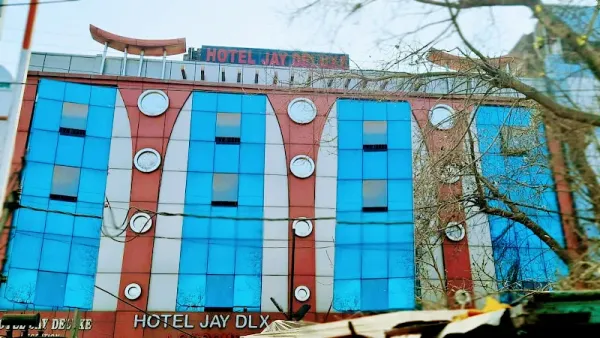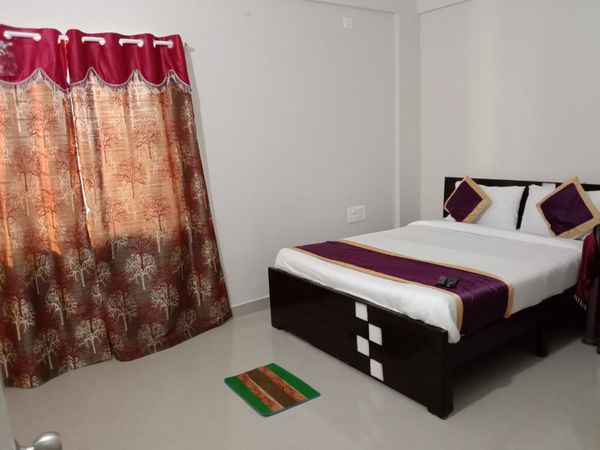Badrinath Temple: One of the Char Dham and 108 Divya Desham
 Deepanshu Negi
28 Jul, 2025
15 mins read
62
Deepanshu Negi
28 Jul, 2025
15 mins read
62
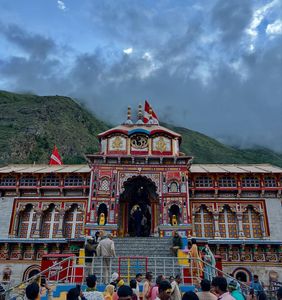
Badrinath Dham is one of the most famous and sacred pilgrimage sites in India. Located high in the Garhwal Himalayas in Uttarakhand, it forms one of the four Char Dham shrines, which also include Kedarnath, Gangotri, and Yamunotri. For Hindus, visiting Badrinath is considered a path to salvation. But beyond religion, this place has something for everyone peace, mountains, rivers, fresh air, and a feeling of deep calm.
Whether you are a pilgrim, a traveler, or someone simply looking to disconnect from city life, Badrinath offers a rare mix of spiritual depth and natural beauty. This guide covers everything you need to know to plan a visit to this holy site.
The Temple of Badrinath
The main attraction of the town is the Badrinath Temple, also known as Badrinarayan Mandir. It is dedicated to Lord Vishnu, who is worshipped here as Badrinarayan. The temple is located at an altitude of 3,133 meters (10,279 feet) above sea level and is surrounded by snow-covered peaks, making it a stunning sight.
The temple’s architecture is simple yet charming. It features a bright, colorful facade that stands out against the rocky mountains. The black stone idol of Lord Vishnu is about 1 meter tall and shows him sitting in a meditative posture. Devotees believe the idol is self-manifested (swayambhu), and it’s been worshipped here for centuries.
The temple opens around April or May each year and closes in late October or early November due to heavy snowfall. During the winter months, the idol is moved to Joshimath, where worship continues.
Best Time to Visit & Weather
Since Badrinath lies in a high-altitude region, weather plays a big role in planning your trip. The town remains closed in winter, and even summer nights can be cold.
- Summer (May to June): This is the peak season. The snow starts melting, roads reopen, and the temple gates are thrown open to devotees. Days are mild and pleasant, while nights can be chilly. Light woolens are enough.
- Monsoon (July to August): The region receives moderate to heavy rainfall, which can lead to landslides. Travel during this time is risky, though the surroundings become lush and green.
- Autumn (September to October): A great time to visit as the crowds thin out and the weather remains pleasant. Clear skies make it ideal for photography and short hikes.
- Winter (November to April): The temple and the town remain closed due to snow. It becomes almost impossible to access the area.
Tip: Always check the weather forecast and road conditions before starting your journey.
How to Reach Badrinath
Getting to Badrinath involves a combination of road and rail or air travel, depending on your starting point.
By Road:
Badrinath is connected by a well-maintained road network up to the temple. It’s about 525 km from Delhi, and the route passes through Haridwar, Rishikesh, Devprayag, Rudraprayag, and Joshimath.
From Joshimath, the final 45 km stretch is a mountain road that is often controlled by traffic gates due to landslide-prone areas. Buses, taxis, and shared jeeps are easily available.
By Train:
The nearest railway station is Rishikesh (around 295 km away). From here, you can hire a taxi or take a state-run bus.
By Air:
The closest airport is Jolly Grant Airport, Dehradun, which is around 310 km away. From the airport, one can hire a taxi or take a bus to reach Badrinath via Rishikesh and Joshimath.
Travel Tip: Roads in hilly areas can be unpredictable. It’s wise to keep extra time and avoid night travel.
History and Legends
The story of Badrinath is deeply woven into Hindu mythology and Indian spiritual tradition.
Mythological Importance:
According to legend, Lord Vishnu came to this region to meditate. He chose this remote and peaceful location to escape the hustle of the world. His consort, Goddess Lakshmi, took the form of a Badri tree (wild berry) to shield him from the cold and rain. Touched by her dedication, Vishnu named the place Badrikashram.
It is also said that the Pandavas visited Badrinath during their journey to heaven, and the nearby Satopanth Lake is where they departed one by one.
Historical Facts:
The temple was established by Adi Shankaracharya in the 8th century CE as part of his mission to revive Hinduism. He found the idol of Lord Vishnu in the Alaknanda River and enshrined it in the cave, which later became the temple we see today.
Things to Do Around Badrinath
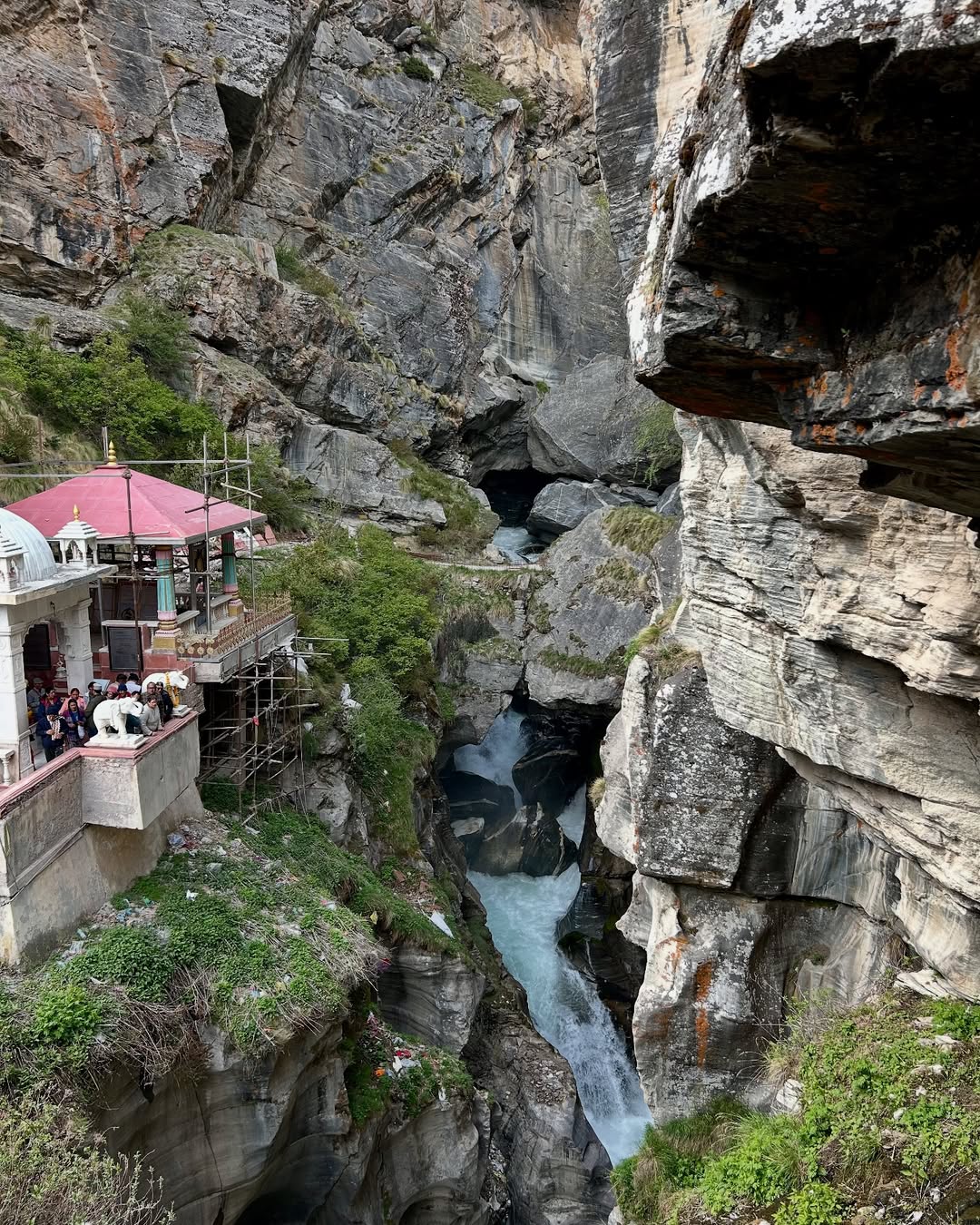
Saraswati River flows fiercely beneath the mythic Bheem Pul in Mana village.
Though the temple is the main focus, there are several other attractions nearby:
1. Tapt Kund
This natural hot water spring lies below the temple and is considered holy. Pilgrims take a dip before entering the temple. The water is warm even in cold weather, believed to have healing powers.
2. Mana Village
Just 3 km from Badrinath, Mana is the last village before the India-Tibet border. You can visit Vyas Gufa, where sage Vyasa is believed to have written the Mahabharata, and Bheem Pul, a stone bridge said to be placed by Bheem for Draupadi to cross the Saraswati River.
3. Charan Paduka
A 3 km uphill trek from Badrinath leads to this rock that bears the footprint of Lord Vishnu. It offers great views of the surrounding peaks.
4. Brahma Kapal
A flat platform on the riverbank where people perform pind daan rituals for their ancestors.
Where to Stay
Being a major pilgrimage site, Badrinath offers a wide range of places to stay. From basic dharamshalas and GMVN guest houses to budget hotels and a few mid-range lodges, you can find clean and decent options.
Nearby Joshimath has better accommodation choices and is ideal if you want to explore the region more deeply. Booking in advance is recommended, especially during peak season (May–June).
Travel Tips
- Carry warm clothes, regardless of the season.
- Keep essential medicines and a small first-aid kit.
- Altitude can cause mild sicknessâ€â€ÂÂstay hydrated and take it slow.
- Mobile networks are patchy. BSNL and Jio work best.
- Local food is vegetarian and simpleâ€â€ÂÂideal for digestion.
- ATMs are few and often emptyâ€â€ÂÂcarry enough cash.
More to Explore: Treks Near Badrinath
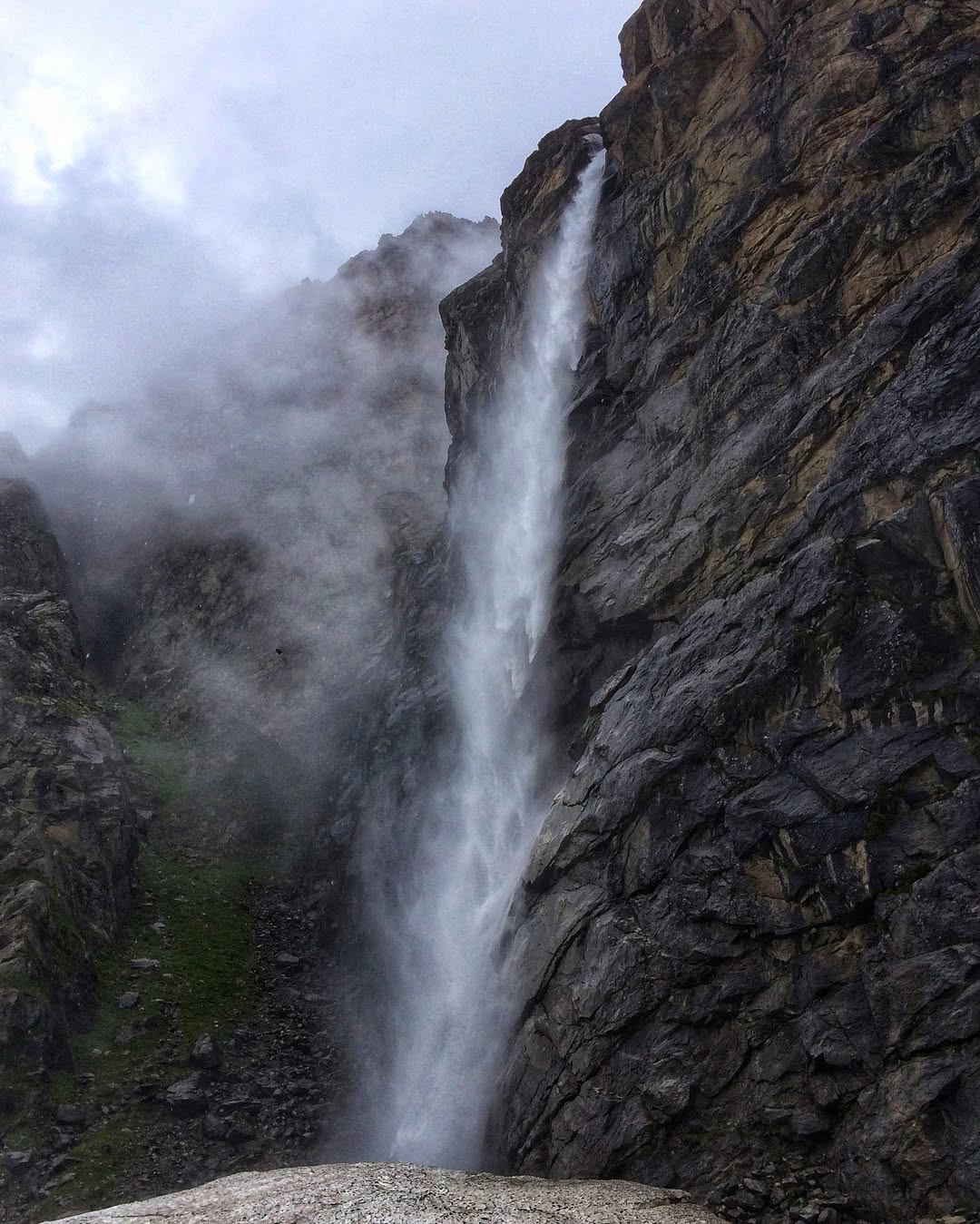
Vasudhara Falls
If you enjoy walking in nature or trekking, there are some wonderful trails around Badrinath that mix adventure with mythology.
1. Valley of Flowers Trek
A stunning trek that takes you through meadows full of wildflowers, waterfalls, and rare plants. It’s best visited from mid-July to mid-August. The base camp is Govindghat, about 25 km from Joshimath.
2. Hemkund Sahib Trek
Located near the Valley of Flowers, this is a tough but rewarding trek leading to a glacial lake and a Sikh shrine. It’s one of the highest gurudwaras in the world, located at over 4,600 meters.
3. Satopanth Lake Trek
A high-altitude lake said to be the meditation spot of Brahma, Vishnu, and Shiva. It’s a challenging trek, starting from Mana village, and best done with a guide.
4. Vasudhara Falls
A 5 km trek from Mana Village leads you to this majestic waterfall. It is said that only those who are pure of heart can see the water touch the ground.
Final Thoughts
A trip to Badrinath is not just a visit to a temple it’s a spiritual and emotional experience. Whether you’re seeking divine blessings, a quiet escape in nature, or simply the joy of the Himalayas, Badrinath offers it all. From the sound of the Alaknanda River to the chants in the temple, every moment here helps you slow down and connect with something deeper.
So, when you plan your next journey into the mountains, let Badrinath be more than a destination let it be a turning point in your journey.
window.NREUM||(NREUM={});NREUM.info={"beacon":"bam.nr-data.net","licenseKey":"NRJS-3109bb2e2783f515265","applicationID":"558315209","transactionName":"blUHbEVQCxECBUVQWVcfMEpeHhARBhRCFlRVXwIXVEMAAxcDU1VZXh4VUEc=","queueTime":0,"applicationTime":168,"atts":"QhIEGg1KGB8=","errorBeacon":"bam.nr-data.net","agent":""}
window.NREUM||(NREUM={});NREUM.info={"beacon":"bam.nr-data.net","licenseKey":"NRJS-3109bb2e2783f515265","applicationID":"558315209","transactionName":"blUHbEVQCxECBUVQWVcfMEpeHhARBhRCFlRVXwIXVEMAAxcDU1VZXh4VUEc=","queueTime":0,"applicationTime":162,"atts":"QhIEGg1KGB8=","errorBeacon":"bam.nr-data.net","agent":""}
window.NREUM||(NREUM={});NREUM.info={"beacon":"bam.nr-data.net","licenseKey":"NRJS-3109bb2e2783f515265","applicationID":"558315209","transactionName":"blUHbEVQCxECBUVQWVcfMEpeHhARBhRCFlRVXwIXVEMAAxcDU1VZXh4VUEc=","queueTime":0,"applicationTime":156,"atts":"QhIEGg1KGB8=","errorBeacon":"bam.nr-data.net","agent":""}
Written By:
Deepanshu Negi



Hotels at your convenience
Now choose your stay according to your preference. From finding a place for your dream destination or a mere weekend getaway to business accommodations or brief stay, we have got you covered. Explore hotels as per your mood.

